Barrel Spotlight: One Mash Bill, Two Unique Paths
Welcome back to the Brindiamo Barrel Spotlight, our weekly email series highlighting the barrels, distilleries, and market dynamics shaping today’s...
3 min read
Admin : Jul 25, 2024 5:56:02 PM
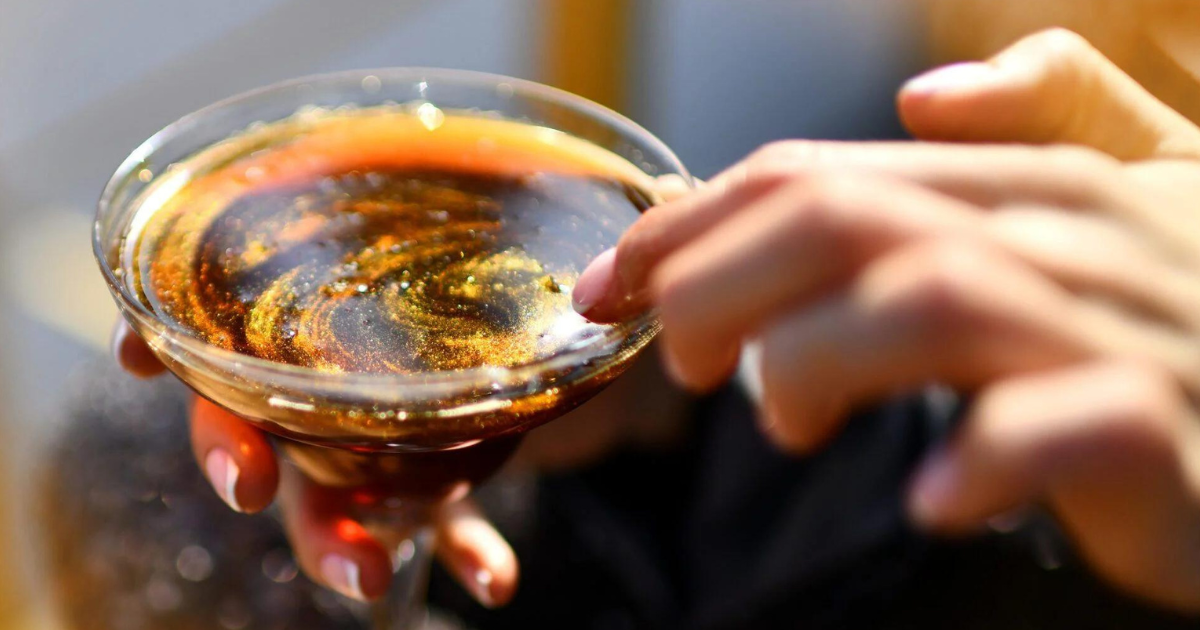
For many years, caramel and sugar have been common additives in the distillation of spirits, with sugar being the most popular. These sweet ingredients contribute to creating darker, more vibrant colors in the spirits. While they are widely used in distilled beverages, they often spark controversy as they are not required to be listed on labels. The decision to use additives like caramel and sugar can impact the production and sale of spirits, potentially altering their classification. Therefore, it is essential to delve deeper into the reasons behind their use and consider future industry practices.
In order to progress, let's take a journey back in time, way back. Our evolution as a species was crucial, with survival being paramount and the need for calories driving our choices. In those early days, regulations like those set by the FDA were non-existent, so we had to rely on our senses to determine the most beneficial foods. Sight played a key role in this process. Fruits would ripen, becoming darker and more vibrant in color. While not all fruits aged at the same pace, it's important to note that maturity often brought a darker hue. This could be advantageous to the plants, as brighter colors made them easier to spot by animals and humans, who were the primary consumers of fruit. For humans, these ripe fruits offered more nutrients and calories with reduced risk of illness. We sought out the brightest yellow bananas, the reddest apples, and the greenest limes, carrying this preference for vibrant colors into the realm of manufactured foods over time.
In the early days of commercialized spirits and transportation, the primary method used was shipping. Spirits would be stored on the deck in wooden barrels, exposed to varying temperatures and constant agitation from the ship's movement. This aging process would darken the spirits' color, attracting merchants who realized the appeal of these darker barrels. However, a challenge arose as each barrel could only produce one dark batch of liquid, with subsequent results becoming progressively lighter. To meet consumer preferences for darker coloring, producers needed a way to make the spirits appear darker.
Who started using coloring in adult beverages is unknown. However, there is a booklet published in 1860 that outlines how to manufacture, imitate, and manipulate wine, brandy, rum, and other spirits. It would be safe to say the practice pre-dates this information. What we glean from these recipes is the ancient art of adding caramel for coloring. The book has instructions for almost every shade, ranging from “light amber to dark brown.” If you needed to add more red to wine, you would employ beets. Since the concept came to fruition, the use of caramel as food coloring has exploded, and roughly 80% of colorants added to alcoholic beverages and food is from caramel.
Thinking about caramel brings to mind the traditional stovetop method. Simply pour sugar into a saucepan, apply heat, and watch as the molecules break down, resulting in a darker color. The caramel used in spirits is a variation of this process, classified into four types:
Caramel Color 1: plain spirit caramel used in high-proof spirits.
Caramel Color 2: caustic sulfite caramel is also used in high-proof spirits but with high oak extracts.
Caramel Color 3: ammonia caramel used in beer, sauces, and other mixes
Caramel Color 4: sulfate-ammonia is frequently used in soft drinks and food products.
Using caramel can be a topic of debate in certain cases. Some studies suggest that consuming large amounts of caramel may have negative health effects. Due to the fact that global consumption exceeds 200,000 tons, regulations have been put in place to assist manufacturers. The United States has deemed caramel as "Generally Recognized as Safe" as a food additive. In The Beverage Alcohol Manual, there are further outlines on what spirits are allowed to have caramel coloring and don’t have to be articulated on the label. Examples would include brandy, whiskey, and rum. The publication (a must for any successful distiller in the United States) also notes that the colorant and other additives aren’t allowed to exceed 2.5% of the finished volume.
When a scent is sweet, our natural inclination is to anticipate sweetness. This trait stems from our history of seeking out simple sugars in fruits for energy and sustenance. It's fascinating how this instinct has persisted through our evolution. However, it does pose a challenge in production. The fermentation process in spirit-making converts sugars into alcohol, leaving behind residual sugars. While not enough to impart a sweet taste, it does present a sensory conundrum. Rum and whiskey will smell surgery but lack that flavor. Distillers, in some instances, have added sugar back into the final product to add balance — something that makes the consumer a little weary.
Considering whether or not to incorporate sugar or caramel into your spirit should take into account the preferences of the end consumer and the potential impact on the spirit's classification. The addition of sugar can result in an increase in caloric content, which may influence consumers' purchasing decisions. Working with experts in the alcohol beverage industry like the Brindiamo Group can help you identify which aspects will work best for your spirit.
Article Source:
Ayala, Luis. “Sugar & Caramel.” Artisan Spirit. Fall 2017: 61-64.
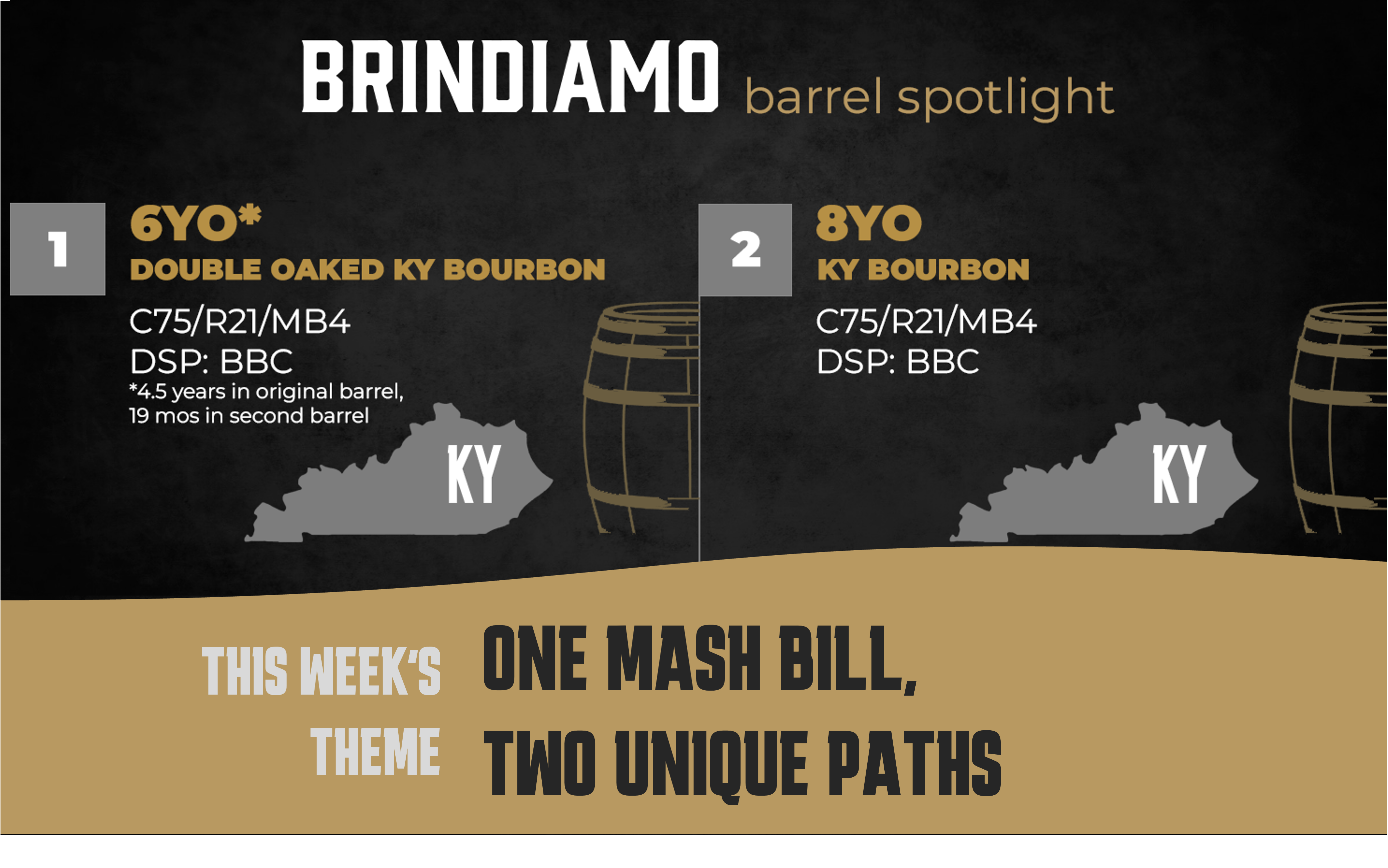
Welcome back to the Brindiamo Barrel Spotlight, our weekly email series highlighting the barrels, distilleries, and market dynamics shaping today’s...

The market for bourbon barrels is bifurcated. Over the course of the last 24 months, the conversation has shifted from how to find whiskey to how to...
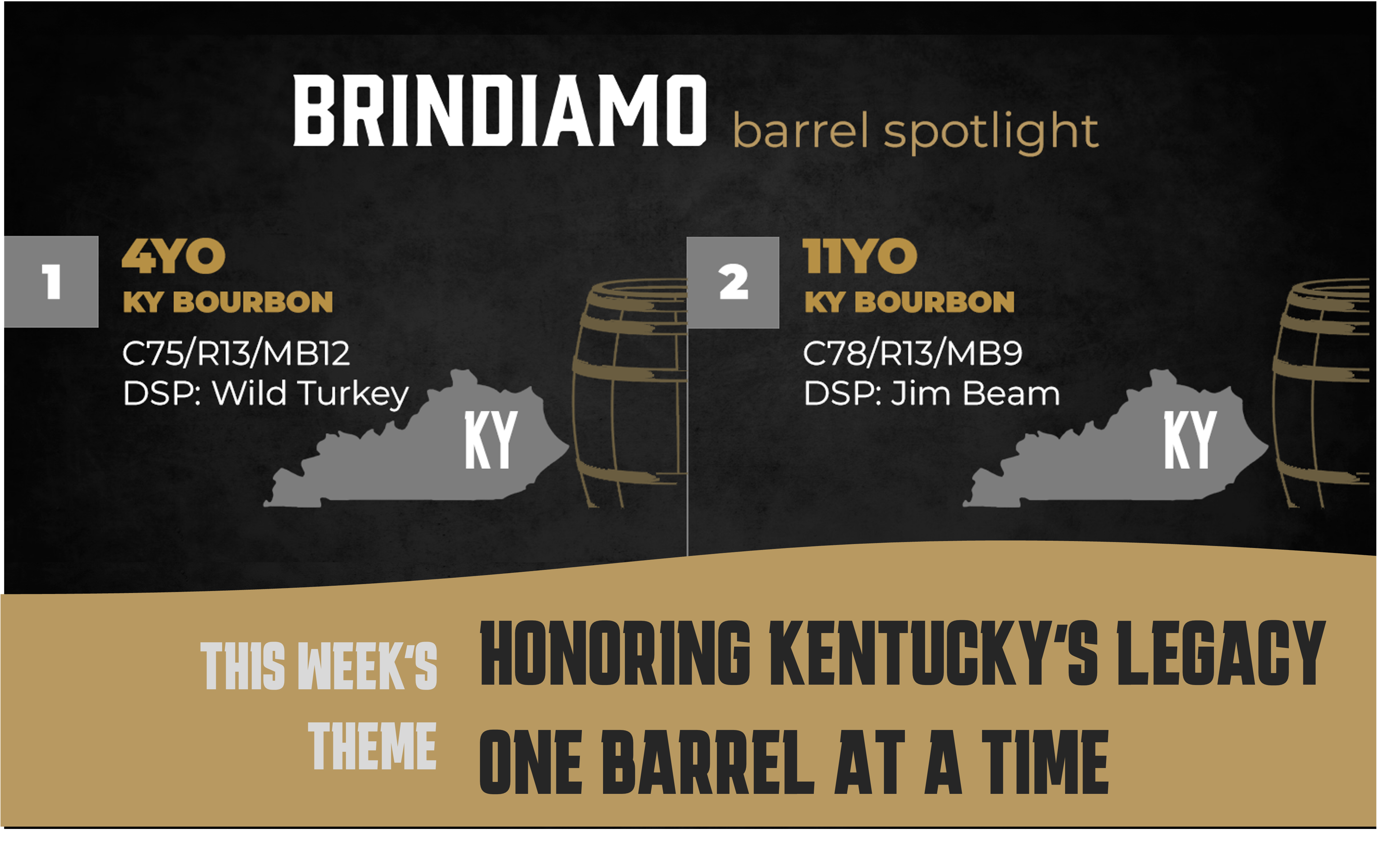
Welcome to the Brindiamo Barrel Spotlight, our weekly series celebrating the barrels, distilleries, and market dynamics shaping today’s whiskey...

Developing a new adult beverage product involves a multitude of factors, such as market research, name development, recipe formulation, and branding....
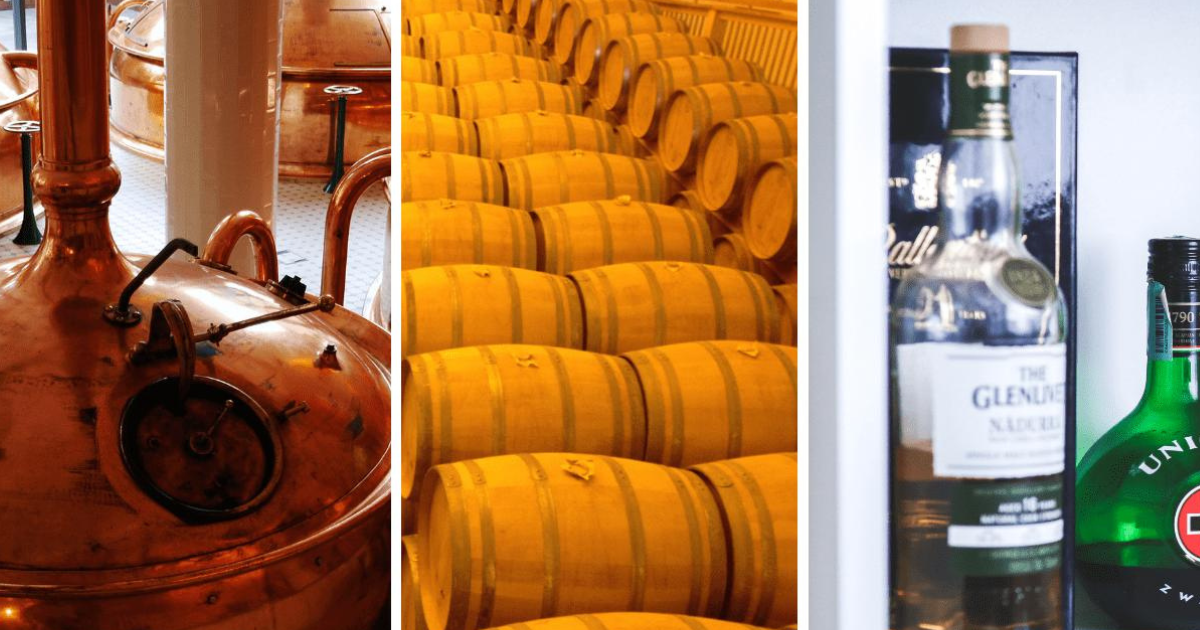
For anyone looking to produce, sell, import, or supply alcohol, understanding the 3-tiered system is crucial. Following the prohibition era, the U.S....
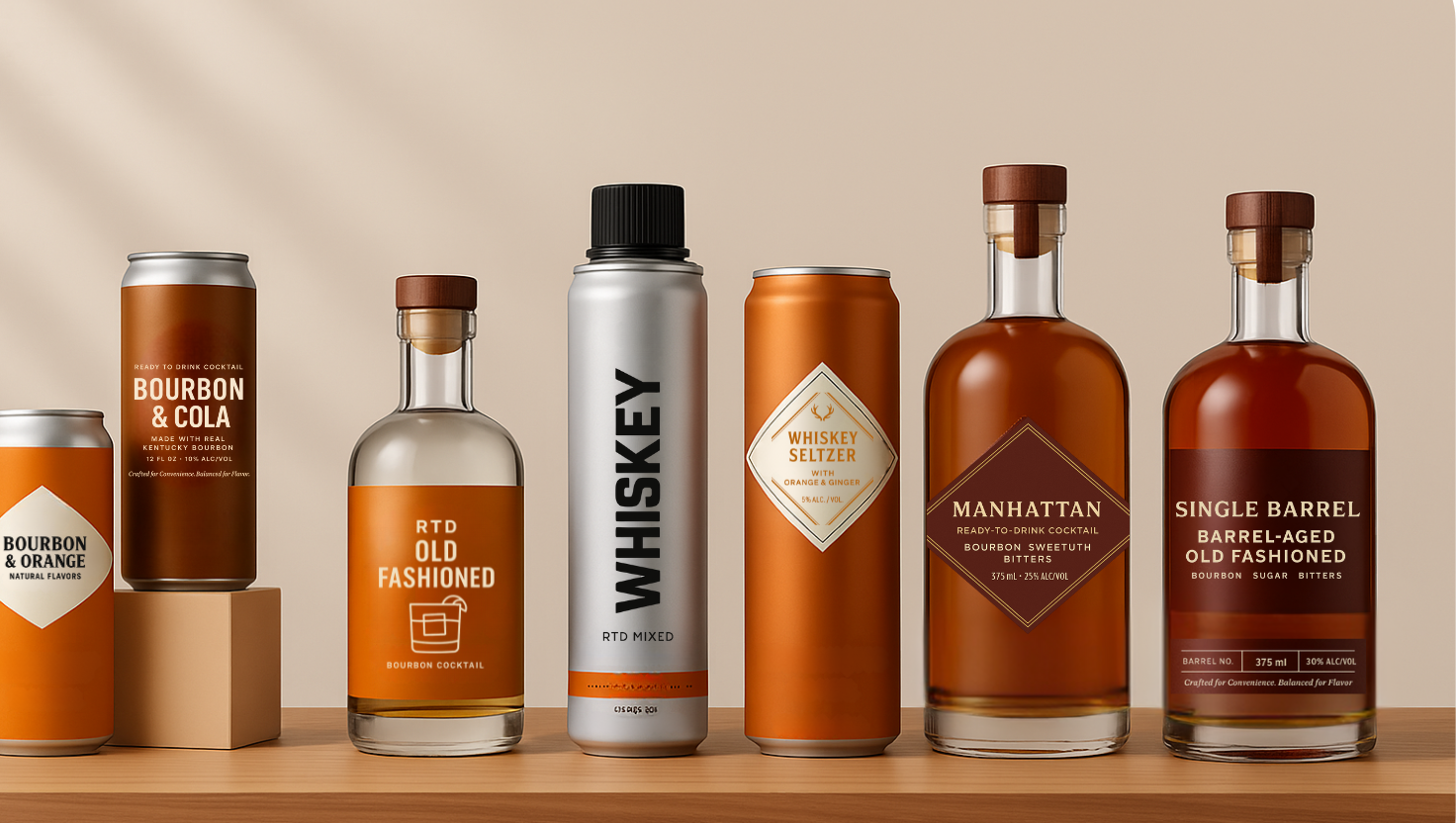
The whiskey industry continues to evolve at a rapid pace in 2025, as producers respond to shifting consumer demands and an increasingly competitive...
Join the conversation
Leave a comment below.